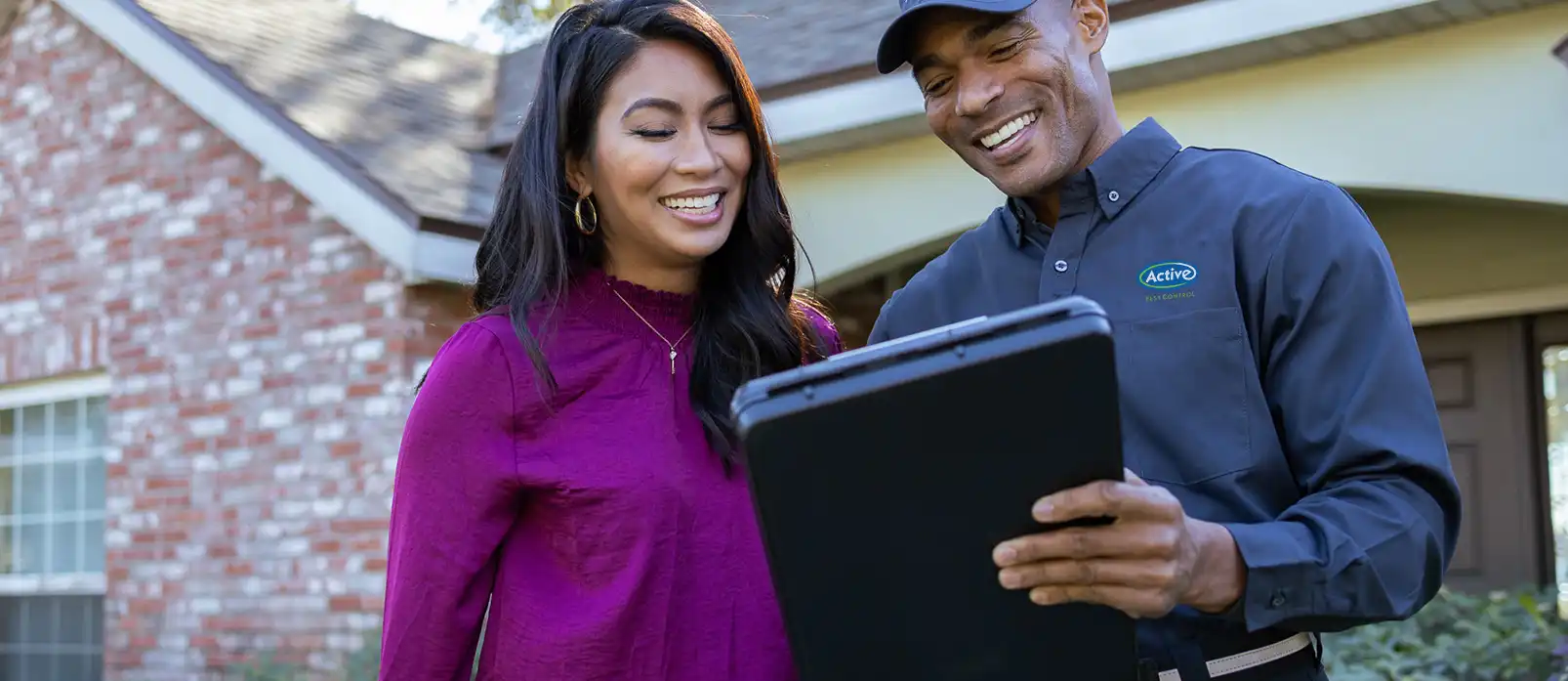A1 Bed Bugs Exterminator Portland - Quick and Expert Solution
Effective Insect Control Solutions: A Comprehensive Check Out Extermination Techniques and Prevention Procedures
In the realm of parasite control services, the effective administration of infestations needs a thorough approach that integrates numerous methods and actions for both removal and avoidance. From Integrated Pest Administration (IPM) methods that prioritize lasting options to chemical extermination methods developed for targeted removal, the collection versus bugs is vast and multifaceted.

Integrated Pest Management (IPM) Methods
Integrated Pest Monitoring (IPM) Methods encompass an extensive strategy to pest control that concentrates on control, surveillance, and avoidance techniques to properly manage parasite populaces. By integrating different strategies, IPM aims to lessen the effect of bugs while additionally minimizing the dependence on chemical pesticides. Avoidance lies at the core of IPM, highlighting methods like proper sanitation, upkeep of health, and securing access factors to deter parasites from infesting structures. Monitoring plays a crucial role in IPM by frequently identifying and inspecting parasite degrees to figure out the appropriate treatment thresholds. Control approaches in IPM prioritize making use of physical, organic, and social methods prior to turning to chemical therapies as a last hotel. These techniques consist of introducing natural predators, environment adjustment, and utilizing capturing devices to keep pest populaces in check. Overall, IPM promotes a sustainable and eco mindful approach to pest administration, advertising lasting solutions that protect both human health and the environment.
Chemical Extermination Methods
Chemical elimination strategies are generally used in insect control services to efficiently remove bug populations that pose a hazard to human health and wellness and building. These techniques involve using different chemical materials especially made to target and remove bugs such as pests, rats, and various other unwanted creatures. The application of pesticides, insecticides, rodenticides, and various other chemical representatives is thoroughly regulated to make sure optimum efficiency while reducing risks to human beings, pet dogs, and the atmosphere.
Among the crucial benefits of chemical extermination methods is their capability to offer fast and targeted results, making them specifically beneficial in instances of extreme infestations or immediate parasite control requirements - a1 residential pest control portland or bed bugs. Nonetheless, it is vital to highlight the value of correct handling, application, and disposal of these chemical products to stop unintentional injury
Additionally, integrated insect management (IPM) methods typically integrate chemical elimination methods with various other approaches such as sanitation, habitat modification, and organic controls to produce a lasting and detailed pest control technique. By including chemical extermination methods deliberately within an IPM framework, pest control solutions can successfully take care of insect populaces while lessening potential threats to human health and wellness and the environment.
Organic Pest Control Techniques
Employing all-natural killers and parasites to take care of bug populations is a lasting method recognized as organic parasite control. This method uses the all-natural devices of the community to regulate parasite populations without relying on synthetic chemicals. One usual organic control technique involves presenting all-natural enemies of the target parasite species, such as ladybugs for aphid control or nematodes for termite infestations. These all-natural killers feed on the bugs, helping to maintain their populaces in check.
Another reliable biological control strategy is making use of microbial insecticides. These are naturally happening microorganisms, such as viruses, fungi, and microorganisms, that especially target and infect specific pest types. By making use of these microbial agents, insect populaces can be efficiently lowered without causing or harming beneficial organisms other damage to the setting.
Physical Bug Avoidance Procedures
Carrying out physical pest prevention measures includes using barriers and structural adjustments to prevent pests from entering or infesting a property. Installing door sweeps, displays on windows, and securing splits in the foundation can aid protect against insects like insects and rodents from getting accessibility indoors.
One more physical avoidance procedure is the usage of obstacles like fence to keep larger pests such as deer or raccoons away from the property. By carrying out these physical insect avoidance steps, property owners can considerably minimize the threat of insect invasions and the damages they can create.
Professional Insect Examination Procedures
Performing comprehensive and methodical pest evaluations is a fundamental aspect of professional parasite management methods. Professional parasite examiners are trained to diligently analyze properties for indications of invasions, determining pest types, entry points, and helpful problems.

Conclusion
Finally, efficient insect control solutions employ a variety of techniques, consisting of Integrated Parasite Administration strategies, chemical extermination methods, biological controls, and physical avoidance measures. Expert parasite inspection procedures play a crucial role in recognizing and attending to pest issues in a timely way. By implementing a mix of these methods, home owners can efficiently manage and avoid parasite infestations.
From Integrated Bug Management (IPM) techniques that focus on sustainable solutions check my site to chemical extermination methods designed for targeted elimination, the arsenal versus bugs is large and complex.Integrated Insect Management (IPM) Strategies incorporate a comprehensive approach to pest control that concentrates on prevention, control, and surveillance approaches to effectively read this post here take care of pest populations.Chemical elimination strategies are generally used in bug control services to successfully remove parasite populations that pose a threat to human wellness and property.Using natural predators and parasites to take care of bug populations is a lasting approach known as biological parasite control.In verdict, effective pest control services utilize a selection of methods, consisting of Integrated Bug Management approaches, chemical extermination approaches, biological controls, and physical avoidance procedures.